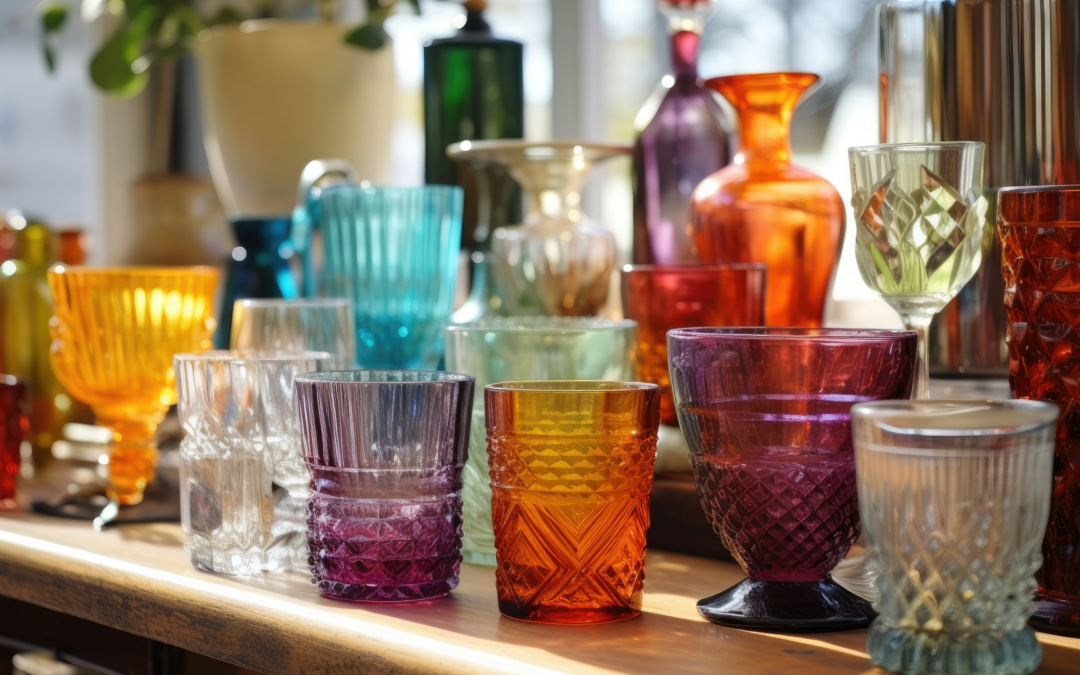What was once considered a niche market has now gone mainstream. The market for secondhand goods continues to expand, and more retailers and brands are getting involved each day. What does the future hold for housewares resale, and how can retailers use it to grow their business?
Spending on resale of home goods and furniture in the U.S. is expected to reach $23.56 billion by 2025, according to Statista. That’s almost a 14% increase over 2023, and a 35% increase over 2020.
In fact, consumer interest in resale has increased dramatically over the last decade in any number of categories. In ThredUp’s 2024 Resale Report, 90% of retailers say their customers are already participating in resale, an all-time high and up four points from 2022.
Many factors are coming into play here. Some credit Gen Z for removing the stigma of secondhand products. Environmental concerns are a leading factor. And you can’t deny the cost-savings associated with resale products or the opportunity to experience brands that might otherwise be out of your price range.
The New Face of Resale
But what’s different is how secondhand shopping isn’t regulated to thrift stores, yard sales or shady online sites. Online marketplaces like ThredUp and The RealReal have become household names, allowing consumers to both sell and buy secondhand.
Major retailers such as Walmart, Target, Amazon and Ikea now offer pre-owned goods alongside new items. This often takes place online, but in-store appears to be the next frontier with retailers like Walmart, REI and J Crew already testing the waters.
Key to many of these programs are quality assurances, either in the form of expert authentication (in the case of designer apparel), cleaning, inspection, refurbishment and/or certification. Some offer warranties, such as Apple’s Certified Refurbished and Walmart’s Restored Premium.
Establishing a Housewares Resale Strategy
To be certain, selling pre-owned products is a new frontier for most retailers, and there is much to learn and consider. But that doesn’t mean there isn’t opportunity to be had.
“Now is the time to set your strategy,” Chris Lubick of Verdi Commerce told attendees at The Inspired Home Show 2024’s Inspiration Theater. “When marketed effectively, refurbished goods can enable brands to reach new segments and create tremendous value for all stakeholders.”
Thomas S. Robertson, former dean and current Joshua J. Harris Professor of Marketing of The Wharton School, put it more bluntly in a recent article in the Harvard Business Review: “What should really worry companies is this: If they don’t sell their own used products, someone else will.”
What to Consider
Keep in mind that refurbished goods appeal to different consumers in different ways, though these ways may overlap or change at different points in their lives. Lubick broke the appeal down to three different types of shoppers: price sensitive, brand aspirational and eco-conscious.
Price sensitive shoppers may be more prevalent right now, but they’re not anything new…and likely to have staying power. In fact, Anna Ward, consultancy innovation lead at TrendBible, told her keynote audience at The Inspired Home Show 2024 that thriftiness is becoming “a badge of honor” for consumers globally.
Brand aspirational shoppers are key because they are the ones who might never be able to afford a brand’s new prices… or might be willing to splurge after they’ve become loyal to a brand through a pre-owned program and have higher earning potential.
Shoppers concerned about sustainability appreciate the ability to sell back items they no longer want or need, in addition to being able to purchase pre-owned items and contribute to a more circular economy.
Video and/or audio recordings of keynote sessions from The Inspired Home Show 2024 are now available. Audio from Inspiration Theater sessions will be posted soon.

